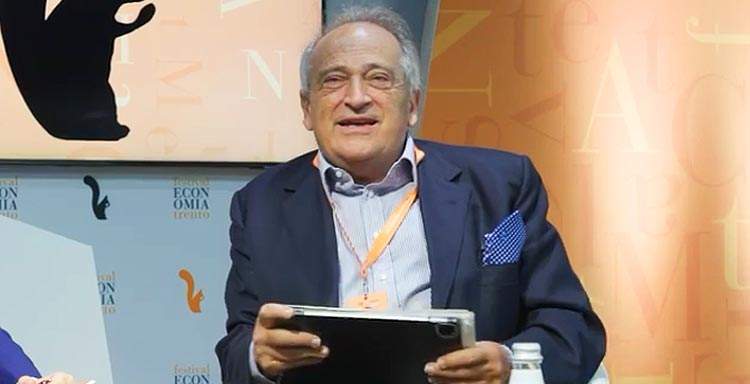More state and more market: Luigi Abete's recipe for getting our museums developed
More state and more market to develop culture: this, in a nutshell, is the recipe of Luigi Abete, president of the Association of Cultural and Creative Enterprises (AICC) and chairman and CEO of Civita Holding, who spoke at the Culture and Economic Development debate held as part of the Trento Festival of Economics being held May 25-28. “I hope,” Abete said, “that we enter a phase, as Minister Sangiuliano also said, that sees the presence of more state in the management of cultural heritage but also more market, in a synergistic and positive logic.”
Abete reported conversations on the issue with Culture Minister Gennaro Sangiuliano, who is also in favor of the axiom ’more state more market.’ “I share this direction,” Abete said. “The problem now is to implement these norms. We hope that this process will go forward, that private companies that manage cultural heritage will be enhanced and those that want to internationalize will be helped.”
“The Ronchey Law,” Abete said while also making a historical point on the issue of private individuals in culture, “allowed private individuals to manage services in museums, increasing the quality of enjoyment. In 2014, Franceschini considered culture a mine, with an increasing presence of the state. That is, more state, less market. In fact, the only useful measure was the Art Bonus, so that citizens can give money directly to the state. This phenomenon puts in place a series of processes that reduce the work of private individuals in the management of public cultural heritage. And if we also give it to private individuals you increase the possibilities.”
Abete’s idea is that the 30 years of the Ronchey Law improved museums thanks to private intervention, which would have allowed state institutes to develop, modernize and make themselves more attractive, while the state, by giving up the management of the more ’commercial’ part, so to speak, could better focus on protection and preservation. Abete’s recipe is to increase the market presence to increase development, and to make the state more effective in its role of guidance and control (without taking away from the fact that the state, according to Abete, can still be a direct operator as long as it is in transparent competition with others). Why can’t the state take care of our museums on its own ? Because our heritage is so vast that on its own it could not: so here is where businesses step in.
In conclusion, with Sangiuliano, according to Abete, the greater presence of the state in the management of cultural heritage and the greater weight given to the market can trigger “a synergistic logic that aims at a better co-presence. For example, the issue of ticketing: Sangiuliano said he will allow each museum to have its own particular ticketing system that should be networked to the ministerial portal, using technology to have a single system. We need a positive perspective in public-private relations: more state and more market in unison, and Confindustria already said this in the 1990s.”
 |
| More state and more market: Luigi Abete's recipe for getting our museums developed |
Warning: the translation into English of the original Italian article was created using automatic tools. We undertake to review all articles, but we do not guarantee the total absence of inaccuracies in the translation due to the program. You can find the original by clicking on the ITA button. If you find any mistake,please contact us.



























